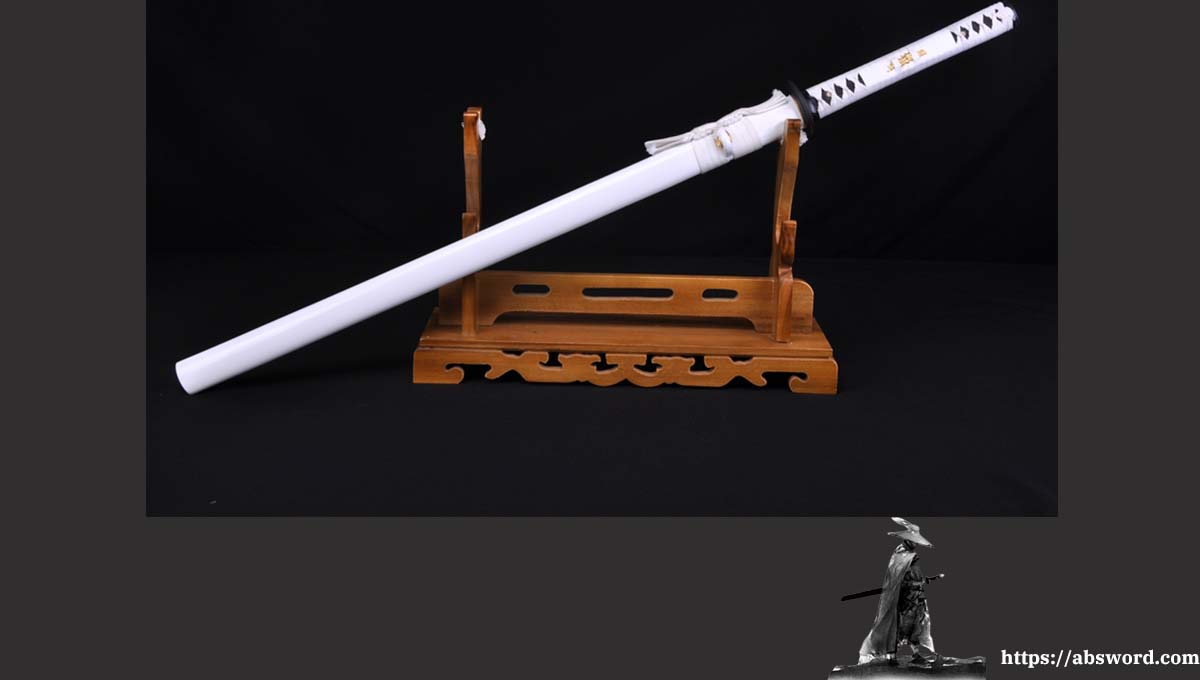A Guide to Selecting the Perfect Japanese Sword to Suit Your Preferences and Collection
Acquiring a Japanese sword is a profound endeavor that goes beyond mere possession; it’s about finding a blade that resonates with your interests and preferences. Whether you’re a collector, martial artist, or enthusiast, this guide will help you navigate the process of choosing the right Japanese sword.
Define Your Purpose
1. Collecting: If you’re primarily a collector, your focus will be on the sword’s historical and artistic value. Consider factors like age, provenance, and craftsmanship.
2. Martial Arts: Martial artists require functional swords suitable for training and practice. Look for well-balanced, unsharpened iaito (practice swords) or shinken (sharp-edged swords) if you’re highly skilled.
3. Display: Some collectors aim to display their swords prominently. In this case, aesthetics and visual appeal are paramount.
Consider the Sword Types
4. Katana: The iconic katana is a versatile choice, suitable for a range of purposes. Its curved, single-edged blade is renowned for its cutting ability and balance.
5. Wakizashi: Smaller than a katana, the wakizashi is an elegant choice, often chosen for its symbolism and historical significance.
6. Tanto: Tanto swords are compact and come in various styles, making them appealing to collectors and enthusiasts alike.
7. Custom-Made: For a unique piece tailored to your preferences, consider commissioning a custom-made Japanese sword.
Evaluate Craftsmanship
8. Blade Material: Traditional Japanese swords are often made from high-carbon steel, such as tamahagane or modern steels like 1095. The choice of steel impacts the sword’s durability and cutting ability.
9. Hamon: The hamon is the temper line on the blade, created during the heat-treating process. It adds both functionality and artistic value to the sword.
10. Fittings: The tsuba (guard), tsuka (handle), and saya (scabbard) are essential elements of the sword’s aesthetics. Evaluate the quality of these fittings, as they can significantly enhance or detract from the sword’s overall appeal.
Authenticity and Provenance
11. Authentication: Verify the sword’s authenticity through documentation, expert opinions, or historical records. Be cautious when purchasing swords without proper verification.
12. Provenance: Knowing a sword’s history and previous ownership can add to its value and interest.
Budget
13. Set a budget: Japanese swords vary widely in price, from affordable reproductions to high-end antique pieces. Determine your budget in advance to narrow down your options.
Legal Considerations
14. Legal regulations: Research the legal regulations regarding the ownership and possession of Japanese swords in your region. Compliance with local laws is essential.
Seek Expert Advice
15. Consult experts: If you’re uncertain about your choice, seek advice from experienced collectors, martial artists, or dealers who specialize in Japanese swords.
Take Your Time
16. Patience: Don’t rush the selection process. Take your time to explore different options, visit reputable dealers, and educate yourself about the intricacies of Japanese swords.
In conclusion, choosing the right Japanese sword involves a blend of personal preferences, purpose, craftsmanship, and budget considerations. Whether you’re drawn to the rich history and symbolism of these blades or appreciate their martial arts applications, taking the time to select the perfect sword will ensure that it becomes a cherished addition to your collection or a valuable tool for your pursuits.

